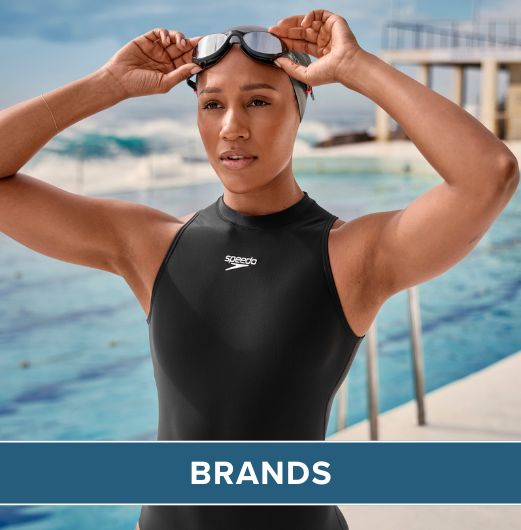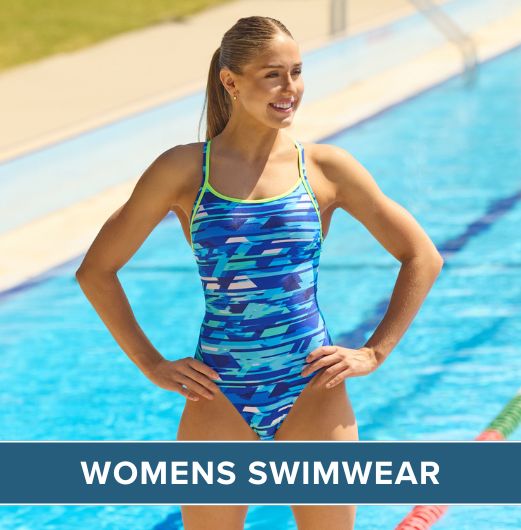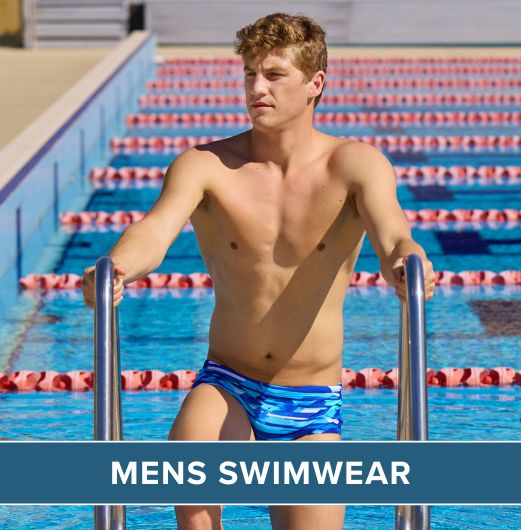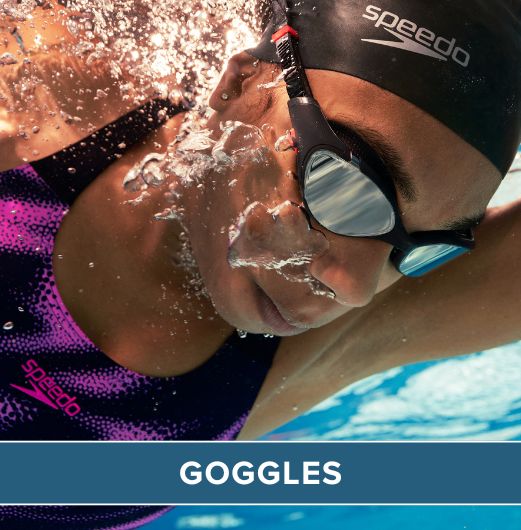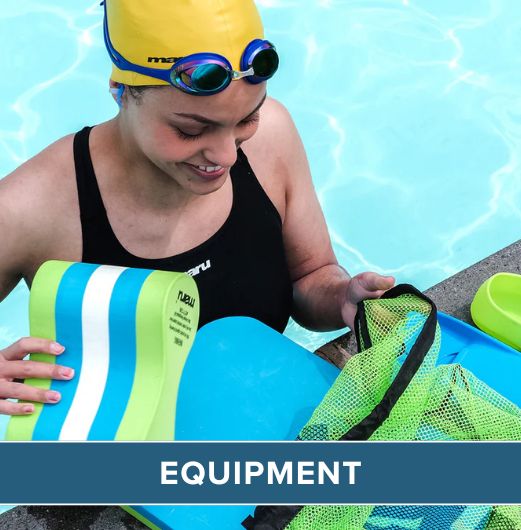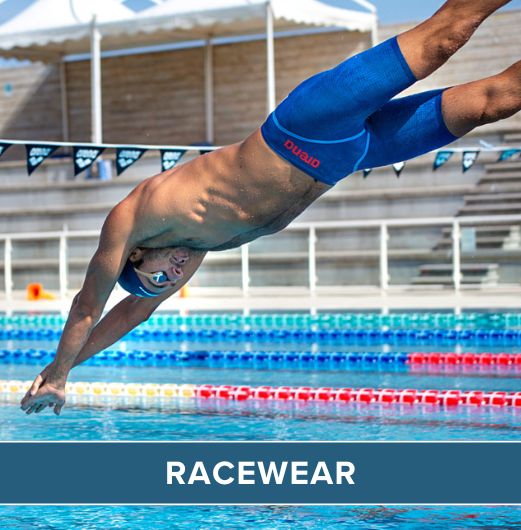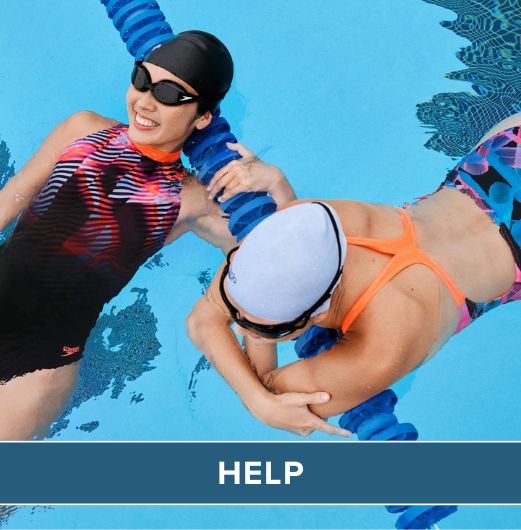What's there to know about synchronised swimming at the Olympics?
What’s it all about? Synchronised Swimming began thanks to the fabulous ornamental water ballets of the late 19th and early 20th centuries. These were popular among audiences who were wowed by the underwater routines. When first developed as a sport in its own right in the 1800s, synchronised swimming was for men only. Strangely, the event is now one of two disciplines at the Olympic Games 2012 that will include women competitors (the other is Rhythmic Gymnastics). Basically, synchronised swimming is all about impressing the judges with stunning routines in water. There will be two events in this year’s Olympics: the Duet competition and the Team competition. But sure this isn’t a sport, more like a dance routine? Not at all. Synchronised swimmers must be athletic, strong, fit and perform well under pressure. This sport is about grace, rather like gymnastics, but also requires amazing precision work and huge levels of stamina. Performing to music, duets or teams of eight swimmers do short routines. Marks are attributed for moves, choreography, difficulty and execution. When did Synchronised Swimming become an Olympic sport? Its Olympic debut was at the Los Angeles 1984 Games. This year the event will be held at the London Aquatics Centre. When to catch the action at London 2012: Sunday August 5 to Friday August 10 Did you know 1? The area of the pool used for Synchronised Swimming is 30m long, 25m wide and 3m deep. How do you become a great synchronised swimmer? Swimmers must be strong, fit, flexible and able to endure long training sessions in water. As you’d imagine you also need to be great at holding your breath. Although the swimmers use nose clips to help them stay underwater for longer, they still need to learn excellent breath control. What’s the lingo?: Every sport has its own strange names and quirks. Synchronised swimming is no different. Sculling: This is underwater hand movements that swimmers use to move and support their body in the water. Eggbeater: This is what the swimmers call their version of treading water. As you can imagine they often need to tread water to stay in one place and while they perform hand movements. Then eggbeater is a powerful technique for treading water. Deckwork: This is the displays or moves that the swimmers perform while still on the side of the pol and before entering the water. Deckwork is performed to music. Synchosnised swimming teams to look out for: The current Olympic and world champion are Russia. At the Beijing Olympics 2008, medals were won by Japan, Russia, Spain and China. It’s likely these countries will be strong contenders for medals in 2012. Top Brits: There are nine members of the Olympics GB synchronised swimming team. This includes Jenna Randall and Olivia Federici, who will compete in the duet event. London will be their second Games after finishing 14th at the last Olympics in Beijing. The other seven athletes selected, including Jenna’s younger sister Asha, will make Olympic debuts. The team trains more than 40 hours each week and have their hopes set high on a medal placing in both the team and duet events. Did you know 2?: London 2012 is the first time that Team GB will feature a full synchronised swimming team. Fancy getting into the sport? See British Swimming
 Free Tracked UK Delivery
Free Tracked UK Delivery Hassle Free Returns
Hassle Free Returns Next Working Day OPTION
Next Working Day OPTION Found It Cheaper?
Found It Cheaper?



